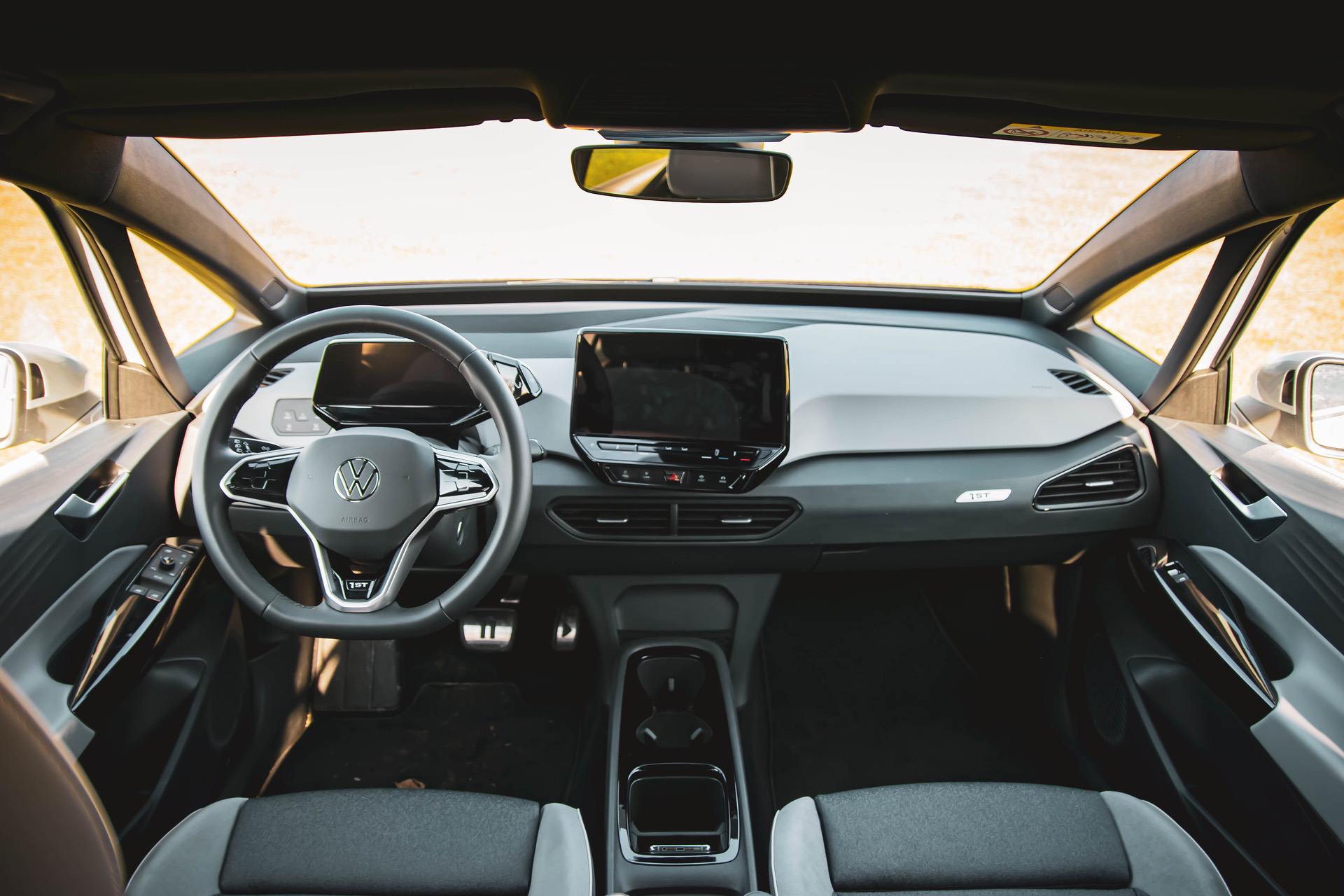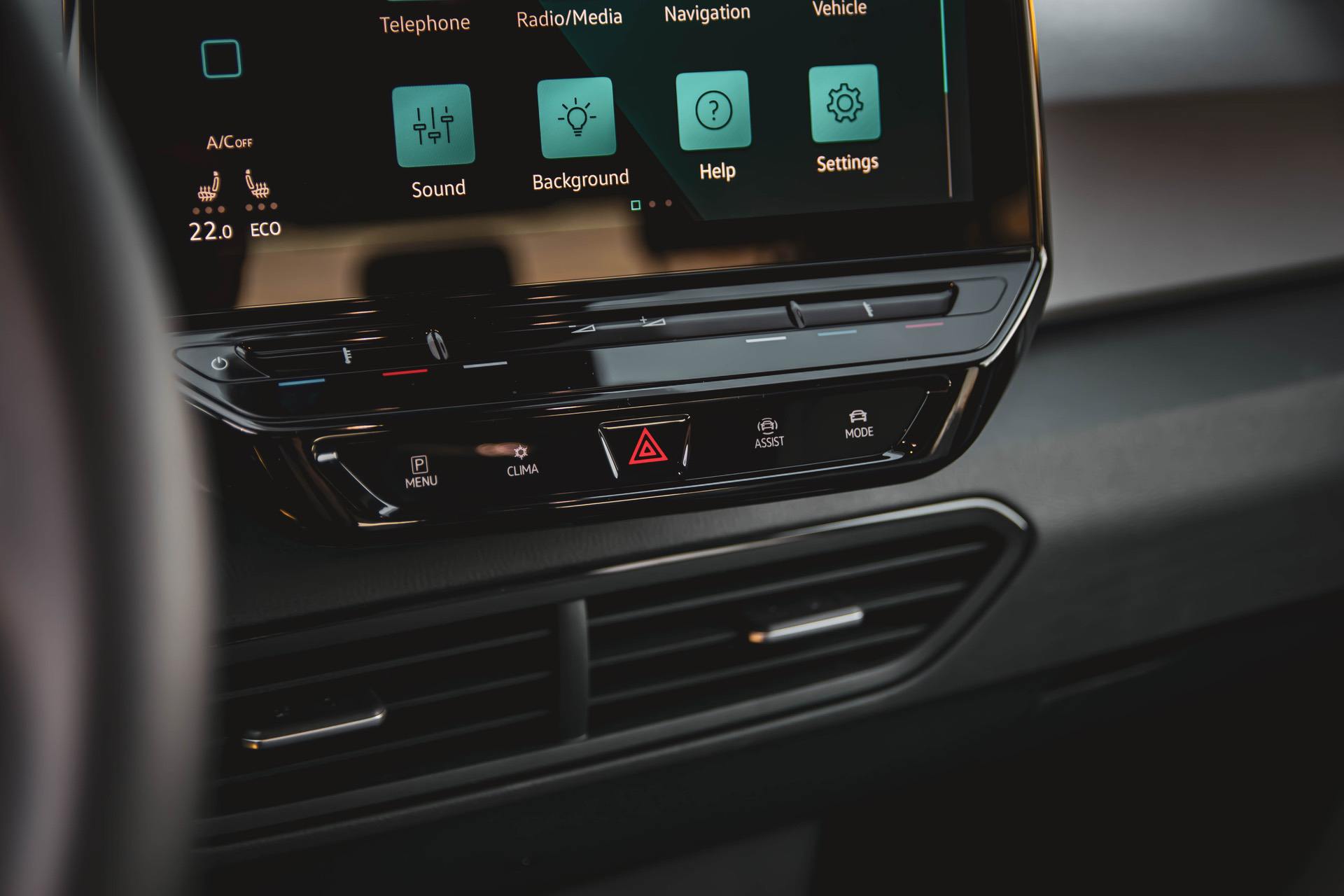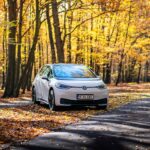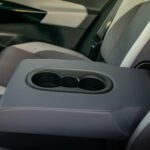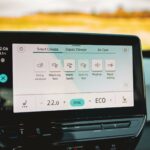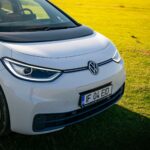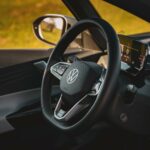It has been quite a long time coming, but the electric revolution is finally happening. Of course, this is the shift we’ve been all expecting to happen. Furthermore, this might signal the biggest change in personal mobility since the carriage was replaced by automobiles at the beginning of the 20th century. How ironic to see a similar dramatic shift happen at the beginning of the 21st century.
The signs have always been there, if you were interested enough to look for clues, but the shift in mentality has been slow and the adoption of electric vehicles on the main stage has been even slower. Some factors did play important roles in this shift though, like the climate change. A lot of people consider electric cars to be just gimmicks and they tend to dismiss them as a true, green alternative to fossil-fueled models. The jury is still out, but even so, the fact that we can control where the emissions happen (be that in the production cycle or where electricity is made) is a step forward because, in turn, we can take measures to reduce their impacts even more.
The DieselGate Influence
Electric cars are seen by many as an easy way to make a contribution to this cause. They also present several advantages over traditional cars, but the shortcomings are not to be ignored either. That said, up until late last year, we didn’t really have a mainstream option – available worldwide – in the field of EVs. Especially one with a practical interior, decent range and more than decent price tag to go along with it. Until the Volkswagen iD.3 came out.
Volkswagen has a lot to make up for but, in all fairness, if it wasn’t for the the Dieselgate scandal, the biggest car-making group in the world probably wouldn’t have pressed the acceleration pedal towards electrification. The Dieselgate exposed a lot of bad practices which in turn have changed our perspectives on the car industry. Call it the silver lining, if you will. Diesel sales have gone down and electrified models have started becoming more sought-after. That shows you just how big Volkswagen is and how it can influence an entire industry and the way people think.
Therefore, when they announced a new electric vehicles platform, the world stopped and listened. And the Germans used all of their knowledge and experience to make sure this product delivers.
The name tells you that this was designed, from the get go, to mark a new era for automobile engineering. ID stands for Intelligent Design and will be used for every car built on the MEB bespoke electric platform from here on out. The ‘3’ marks the car as VW’s third revolutionary model after the original VW Beetle and the Golf. And those are truly cars that wrote history one way or another.
Lessons Learned From The Popular Golf Model
The Golf was the main inspiration here. Even though VW already had the e-Golf on sale for quite some time and the electric version of the best-selling hatchback ever made was improved over time, it still had plenty of shortcomings, mostly related to on the platform it was built on. However, that’s not why VW decided to use it as an inspiration. It was its footprint instead.
Looking at the size of the iD.3 on the outside you’ll soon notice is not longer or wider than the Golf. And there’s a good reason for that: this is the perfect size for a practical, all-rounder. Therefore, the iD.3 is a bit taller but in other aspects, is as close as it gets to the popular hatchback.
Using a bespoke electric platform means the engineers and designers had more room to play with than it was the case on the e-Golf. Therefore, the axles are pushed as far towards the front and rear ends of the car as possible, to maximize the room inside and improve handling. One more reason why the overhangs are so short has to do with the the handling department.
With a longer wheelbase, engineers are also able to squeeze bigger batteries on board because, yes, the iD.3 has its batteries stored in the floor, just like any other EV out there today. And it’s not lacking in that department either but we’ll get to that later on.
All of the advantages of the MEB platform are visible from the moment you look at this car, but, more importantly, get inside. The interior is simple, ergonomic and clear cut. You get an airy feeling inside, the greenhouse of the car is tall and the windows are generous, allowing a lot of light to protrude inside. The ID.3 also comes with a nice trick, starting itself once you’re inside. All iD.3 models come with keyless entry and keyless go but with a twist.
The car will unlock itself when it senses you’re approaching it. Once you’re inside, it will turn itself on as it has sensors inside the driver’s seat, telling the computer you are sitting in it. Therefore, all you have to do is select ‘Drive’ using the gear selector on the right side of the screen – which does look eerily close to the one on the BMW i3 – and set off.
A Practical Interior
Since the start button is hidden away on the side of the steering column, you won’t feel the need to press it because is out of your line of sight. The same goes for when getting out of the car. The iD.3 will shut itself off without you having to press any buttons.
The seating position is rather high though, and that’s understandable. I was expecting the driving position to be as low as on the e-Golf but I somehow forgot that there’s a hefty set of battery cells sitting in the floor, which means every seat inside was lifted. Therefore, despite its exterior footprint, the iD.3 feels like an MPV when driving it. You’re sitting high and have a commanding view of the road ahead. Visibility on all sides is rather good too, with the A-pillar being split to offer even better viewing angles.
As for the rest of the interior, it’s all very practical and to the point, with some notable exceptions. You see, this is supposed to be a next-level car and sometimes, even experienced car makers can make mistakes in how they design their cars. Inside the iD.3 you’ll find only 3 physical buttons: the Park button and the window regulators. Other than that, everything is now a touch-sensitive surface. I get that for the infotainment screen. All cars today use touch-sensitive screens and I don’t mind that, but in the iD.3 things are taken to another level.
Thankfully, most of the buttons work great, like the ones under the infotainment screen, for the climate controls and media. Then there are other buttons that don’t really work right, like the ones on the steering wheel. You’re supposed to slide your finger over them for specific actions and they just don’t work right. It takes a long time to get used to them.
The volume button on the dash is a touch-sensitive slider, as are the controls for the temperature. All looking nice but less practical than traditional knobs. And the fact that they don’t light up at night doesn’t help either. Thankfully, the infotainment system is easy to use and you can just adjust everything from it.
There’s ample room inside and the seats are just as VW got us used to: firm but comfy. For some they might seem bit too firm but at least you can get a massaging feature if you want to. There are also plenty of storage spaces inside and a nice phone charger in the center console, if you don’t have a phablet. The same roomy feeling is offered to those sitting in the back as well, with ample room for grown adults up to 6-ft tall.
What’s interesting is that the rear seats are actually higher than the front ones for two reasons: packaging and practicality. The iD.3 has its motor in the back so a couple of changes were needed in terms of packaging, to accommodate everything back there. Then there’s also the fact that by offering a higher seating position for the rear passengers, they can also get a good look at the road ahead, a rather nice touch if you ask me.
A Rear-engine, Rear-drive Setup From VW
But how does it drive? In a nutshell: surprisingly well.
This is the first car with a rear-engine, rear-drive setup from Volkswagen since the aforementioned original Beetle and there’s a reason why Porsche uses this architecture on the 911. There’s an inherent weight transfer felt inside the car and a rather expected instant response from the pedal whenever you press it to the metal. Just nudge the go-faster pedal and you’re on your way, in typical EV manner.
The car is rather heavy because of its massive battery pack, tipping the scale at 1,720 kilos in this configuration, but since most of it is close to the ground, you don’t really feel it. Our tester was the middle version as there are three battery packs you can choose from. The smallest has a 45 kWh capacity, followed by a 58 kWh model (the one we had) and a top of the line version with 77 kWh. It’s important to note that these are the net figures, the batteries actually being capable of storing more energy but, as usual, have to set aside buffers to protect themselves.
There are also three different power levels for the electric motors. The least powerful version has 126 PS to rely on, while the most powerful goes up to 204 PS, with the middle-level entry tapping out at 145 PS. Our tester had the 204 PS motor which can also deliver up to 315 Nm of torque.
Therefore, we were rolling with 204 PS and a battery pack good for 58 kWh and this is one heck of a good combo. The power delivery is instantaneous and the rear end will slide if you push it hard in a corner. The front axle feels a bit light and could use a bit more grip but I won’t fault VW for choosing to have it a bit on the looser side of things. I’m pretty sure they did that to make sure the car doesn’t drag too much.
Speaking of which, the exterior design of the car, which may seem odd to some people, was done this way to make sure the iD.3 has a drag coefficient. Leaving efficiency aside, the car will accelerate at a brisk pace up to highway speeds and will cover long stretches of it easily. There’s some wind noise protruding inside the cabin at higher velocities but nothing out of the ordinary for an EV that can’t rely on the hum of an internal combustion engine to muffle some of it out.
Overtaking inside the city is effortless and the car feels right at home. There’s no one-pedal driving mode available but you can adjust the amount of regenerative braking the car does by entering “B” mode and you’ll instantly feel the car slowing down faster than before. Otherwise, the iD.3 is set up to coast as much as possible whenever you’re not accelerating. With a turning circle of 10.3 meters, the iD.3 also feels extremely agile around town, allowing you to park it without any issues. If that’s too much to ask, the car can park itself if you tick the right boxes.
Get it in Sport mode and the car feels like it was just woken up. You can have a lot of fun behind its wheel and the iD.3 is eager to follow your inputs, on all sorts of roads. Despite its weight, everything’s kept in check beautifully by the dampers and the engineers really did a good job in that department. Even hitting bigger potholes doesn’t ruin the ride despite the fact that we had massive 20” wheels on our tester. Something I wouldn’t necessarily recommend. But even in this configuration, the car felt comfortable and easy to live with, absorbing uneven surfaces and keeping its composure in a variety of scenarios.
As for the energy consumption, it was more than decent. Unfortunately, during my time with the car, the weather took a turn for the worse. It was cold and raining most of the time. As we all know, lower temperatures are known to take a toll on the range of electric cars. Therefore, my average energy consumption throughout my time with the iD.3 was 19 kWh/100 km covered.
Considering the temperatures were around 4 degrees Celsius all the time and the battery has a total usable capacity of 58 kWh, I’d say you could cover 300 kilometers (186 miles) easily on a single charge. Mind you, I never tried to get the best results out of the car’s range, using it almost exclusively in Comfort mode and with all the comfort features turned on (such as heated seats, heated steering wheel and AC, of course).
As for highway cruising, the average consumption I recorded at 130 km/h was 22.4 kWh/100 km, which means you could do about 260 km on a single charge at the European speed limit on the highway.
But beyond what these cold numbers imply, what I can tell you is that I never had range anxiety, unlike with other models. Apart from the large battery under me, the fact that I could recharge it at 125 kW chargers also gave me peace of mind. The iD.3 can use both AC chargers, up to 11 kW and DC fast-chargers, at up to 100 kW and 125 kW with an optional feature. Therefore, you can get up to 80 percent charge in 30 minutes using a 100-kW charger, more than decent for this day and age.
A Viable Competitor In The Segment?
Where does all of this leave us? Is this truly the one EV that could turn the tide in favor of this new trend? I think it is but not necessarily because the iD.3 is best car out there but for other reasons.
Some will instantly bring up the Tesla Model 3 into discussion whenever an iD.3 is mentioned and yes, the Model 3 might have better range, better performance and more power but it’s the company making it that’s the weak link here.
You see, Volkswagen, unlike Tesla, actually has the infrastructure and the facilities to make the iD.3 a mainstream option. It has dealers in every country on the planet, which means it can service these cars without an issue. It has a steady production flow that doesn’t just cover the cars themselves, but spare parts for them too (just try and order a stoplight from Tesla and see how long it takes before it gets delivered) and the servicing you might need.
With the iD.3 you don’t have to wait for months to get your car and you can also have peace of mind that if anything goes wrong, you won’t have to ship your car to a different state, to get it fixed but just drive to your nearest dealer. Chip in the pricing for the iD.3 and the practicality, more than decent range and driving dynamics and you get a complete package unlike anything else on the market today. Will that be enough to push this car into the mainstream?
I think it will but only time will tell.




